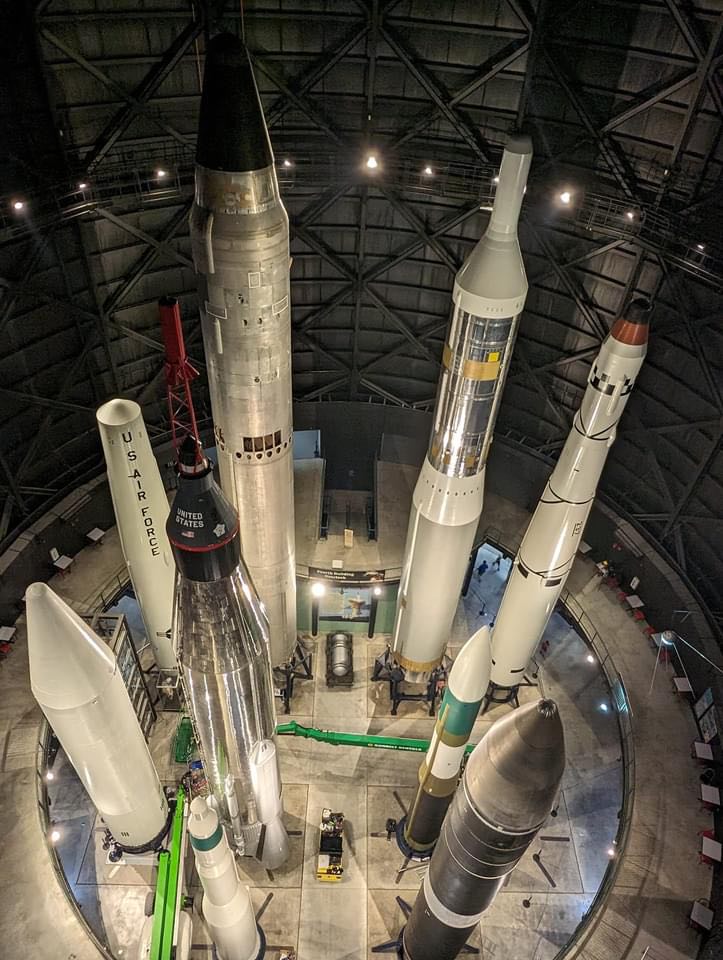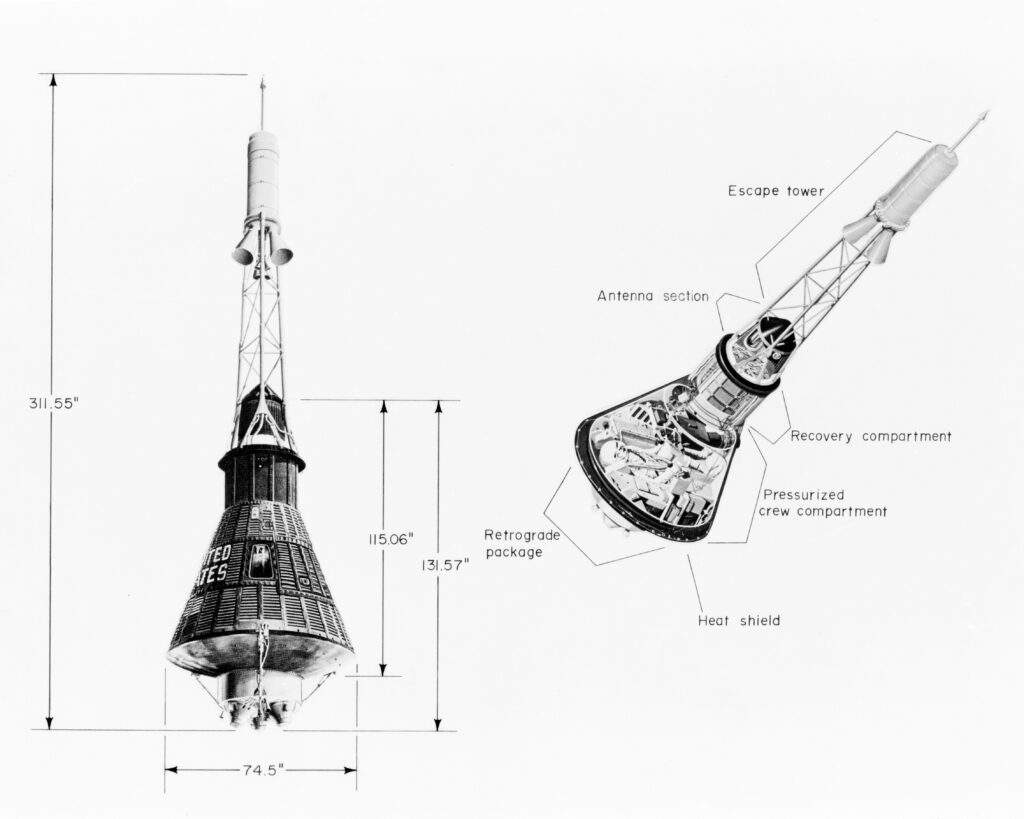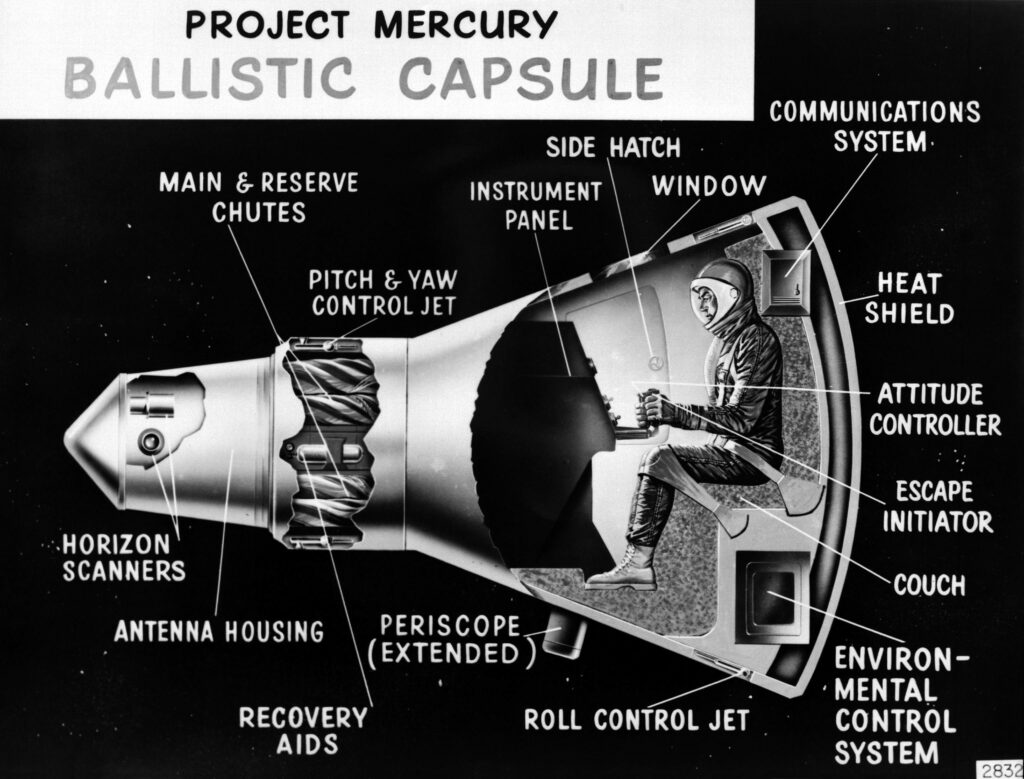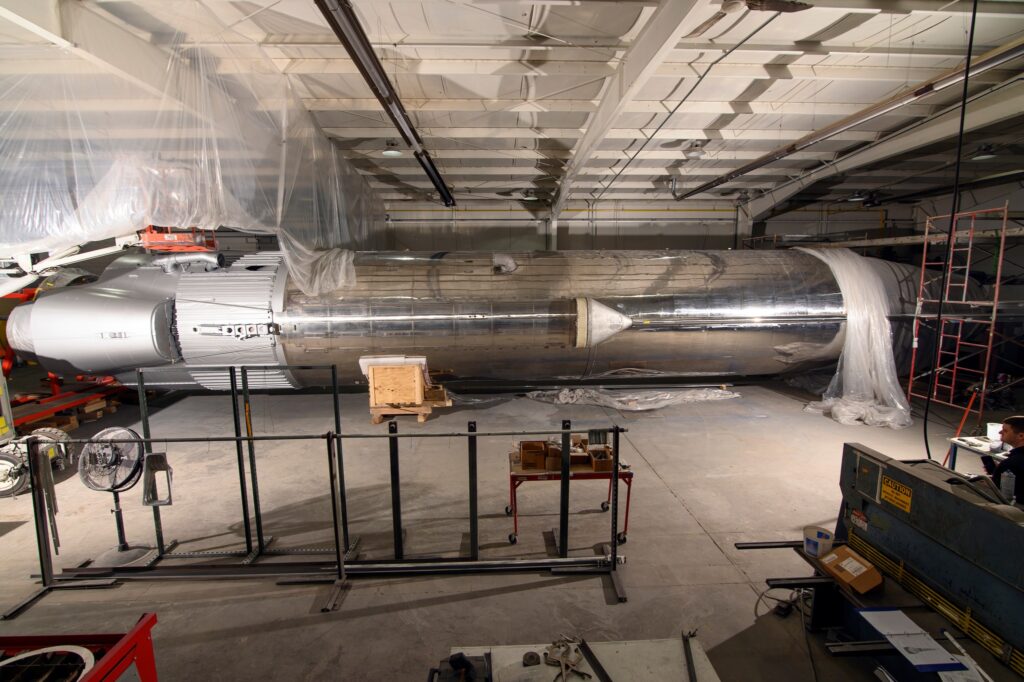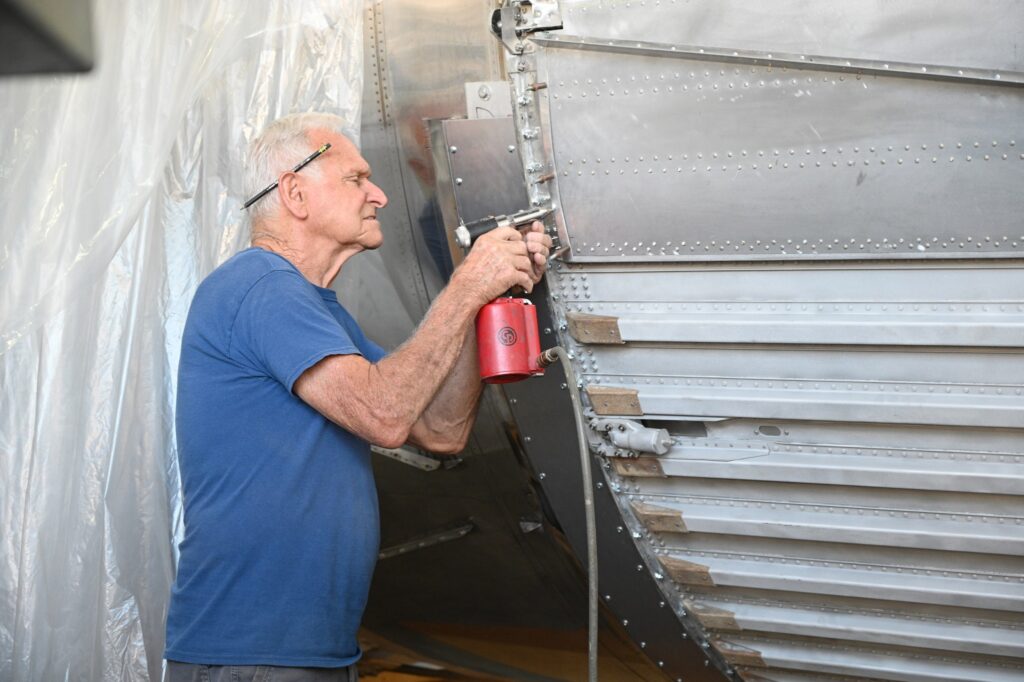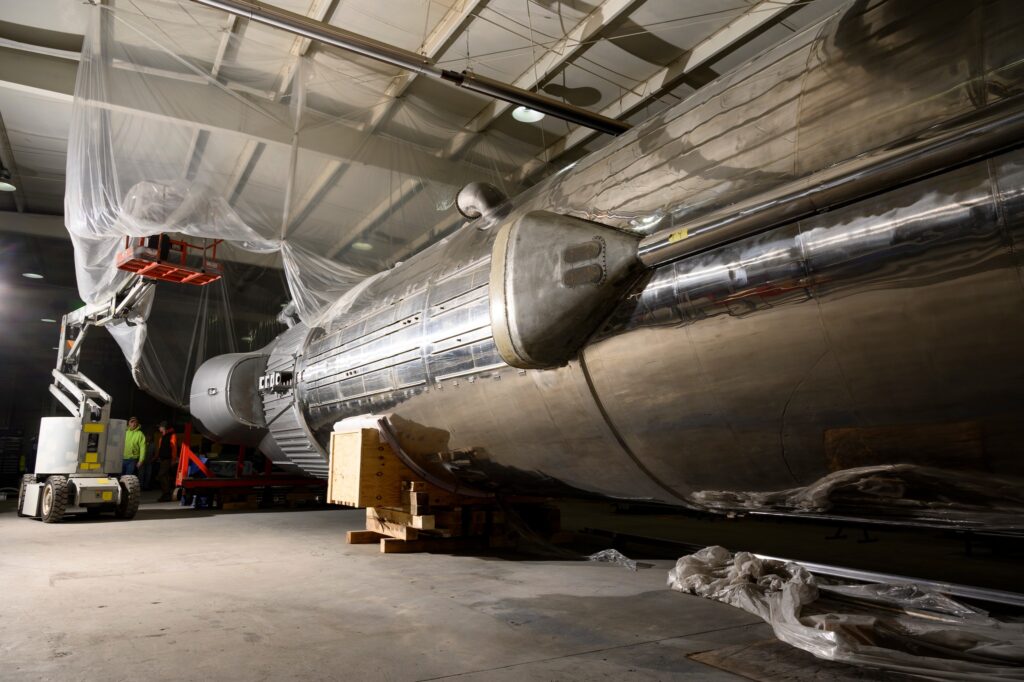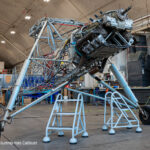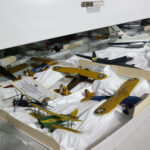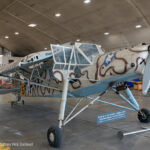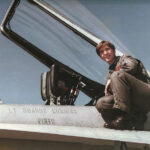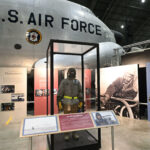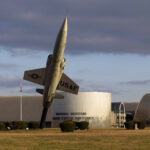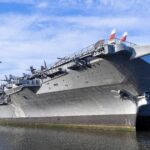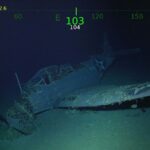There have been a lot of new developments with the National Museum of the U.S. Air Force (NMUSAF) at Wright Patterson AFB near Dayton, Ohio from the recent arrival of the McDonnell-Douglas KC-10 Extender serial number 84-0191, to the ongoing restoration work with projects ranging from Boeing B-17D The Swoose and the Fieseler Fi 156 Storch, to the record-setting McDonnell-Douglas F-15 Streak Eagle and the Boeing X-32. But with the end of April comes the completion of another project whose final stages were carried out in Copley, near Akron, Ohio: the museum’s Convair SM-65D Atlas missile, which is now in the final stages of being erected inside the museum’s Missile Gallery.
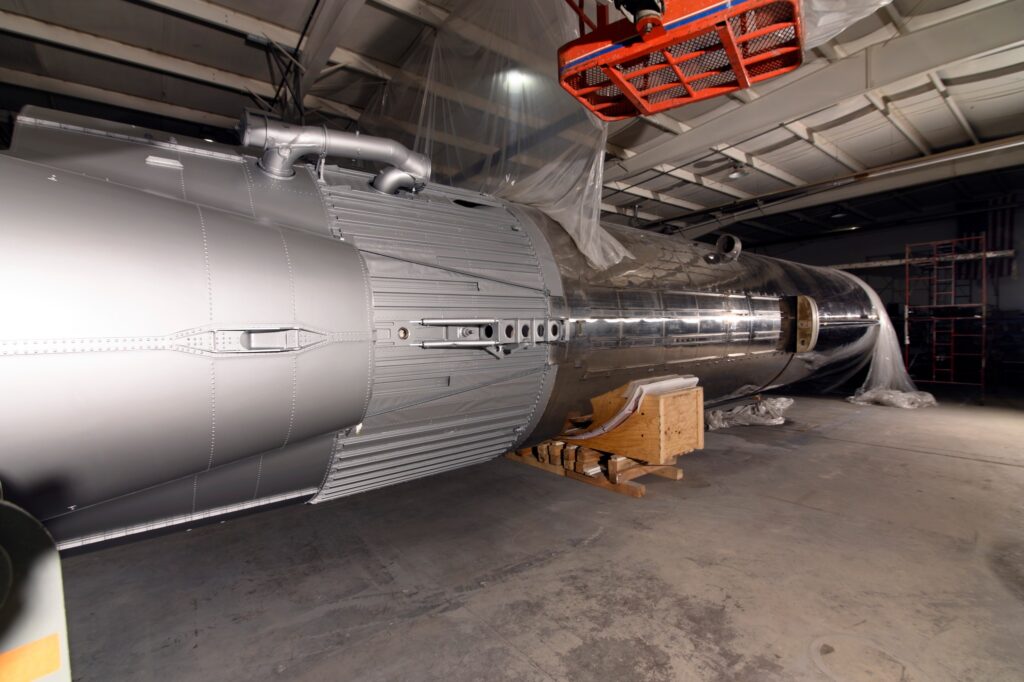
Developed by Convair in San Diego, CA and named for the Titan of Greek mythology, the SM-65 Atlas represented the first intercontinental ballistic missile (ICBM) deployed by the USAF’s Strategic Air Command (SAC), developed in response to the Soviet Union’s development of the R-7 Semyorka, the first operational ICBM and to the delays in the American missile program to develop an ICBM.
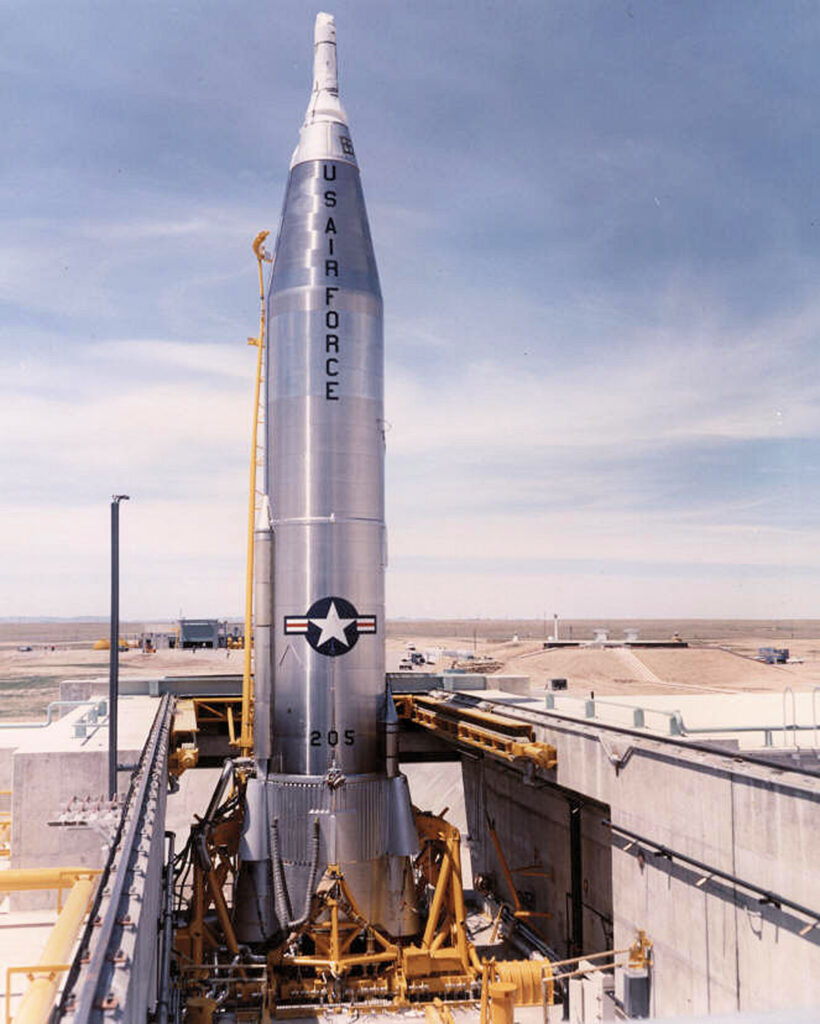
Although later variants would be stored in underground silos, the Atlas was a missile that still required to be above ground and to be fueled prior to launch, which meant it had a slow reaction time in case of a nuclear attack from the USSR. In the event of a third world war, the Atlas would be used alongside nuclear-armed bombers from SAC for a counter strike against the Soviet Union. A design feature of the Atlas was its balloon tanks, these being stainless steel tanks with no internal framework, and which rely on constant pressurization to maintain structural integrity. This made the rocket lighter but required pressurization, even when it had no fuel onboard, so as not to collapse in on itself.

With the development of subsequent ICBMs such as the Minuteman and Titan family of missiles, the Atlas was pulled from service with SAC but, along with the Redstone missile, would find a new purpose in launching the astronauts of Project Mercury, where the first seven American astronauts launched into the heavens on the first US suborbital and orbital space flights. While the Redstone was powerful enough for suborbital launches (such as those flown by Alan Shepard and Virgil “Gus” Grissom) the Atlas was required for the orbital missions, such as that flown by John Glenn in the first such spaceflight flown by an American, the third orbital flight behind Vostok 1 and 2 (flown by Soviet cosmonauts Yuri Gargarin and Gherman Titov). Following the Redstone flights of Shepard and Grissom, Atlas rockets would carry the remaining Mercury astronauts into space, securing a place in both the history of the Cold War and of space exploration.
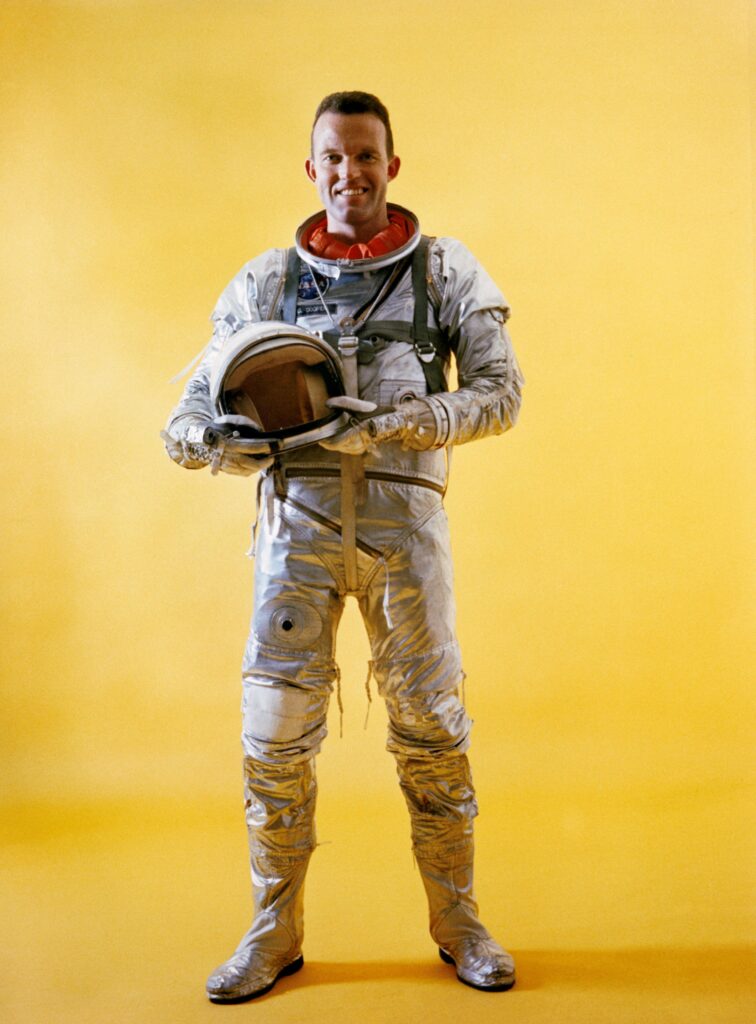
The Atlas missile also played a role in the popularization of the WD-40 brand of penetrating oil, which was originally developed to be used by Convair in San Diego in order to prevent rust and corrosion on the outer skin of the Atlas before its potential as an all-purpose commercial product was fully realized.
The NMUSAF currently has two Atlas missiles: one inside a storage/restoration hangar on Wright-Patterson AFB which is kept under constant pressurization; and this example, which has since been modified with an internal framework to maintain its integrity without the need for an pressurization. When the museum was formerly located on the Patterson Field portion of Wright-Pat, an Atlas was also displayed outdoors, becoming locally famous every Christmas season during the 1960s for being decorated with the image of Santa Claus.
There are many many large air and space items restored for the NMUSAF inside the hangars at Wright Field, but occasionally a project such as the Atlas requires specialized assistance offsite from Dayton, and thus the Atlas was moved by road to Thomarios, a painting company in Copley, just outside Akron and some 200 miles northeast of Dayton.
Thomarios specializes in several areas of museum restoration, including the static restoration of aircraft and rockets, having worked with organizations from the Intrepid Museum in New York City, to the Kennedy Space Center in Florida, where they restored the Kennedy Space Center’s Saturn V rocket. Much of the work at Copley involved strengthening the internal structure, replacing corroded rivets, and polishing and repainting all surfaces for display. On April 22nd, with the work on the Atlas being completed, the mighty missile rolled down the interstate back to the NMUSAF where it was moved into the museum’s Missile Gallery the following day on April 23rd. The Missile Gallery was due to be closed for the day on April 29th for the Atlas to be mounted vertically.

When completed, the NMUSAF’s Atlas will be configured as the launch vehicle used by USAF Major and NASA astronaut Leroy Gordon “Gordo” Cooper Jr. (March 6, 1927 – October 4, 2004), who flew the longest and the final Mercury program mission, being launched from Cape Canaveral, Florida in his capsule Faith 7 atop an Atlas missile for Mercury-Atlas 9. From May 15th-16th, 1963 Cooper completed 22 orbits of the Earth, and by the time he splashed down in the Pacific Ocean near the aircraft carrier USS Kearsarge (CVA-33) the flight had lasted 34 hours, 19 minutes and 43 seconds. As of the time of writing it remains the last solo orbital flight by an American.

While the original Faith 7 capsule is now displayed at Space Center Houston in Texas a replica of the capsule, built at Thomarios, will be fixed to the top of the museum’s Atlas rocket. It is quite fitting, then, that the rocket that was both a Cold War deterrent and a contender in the Space Race should be displayed here in this gallery, and highlight the role that USAF pilots like Gordon Cooper played in paving a pathway to the stars above.
